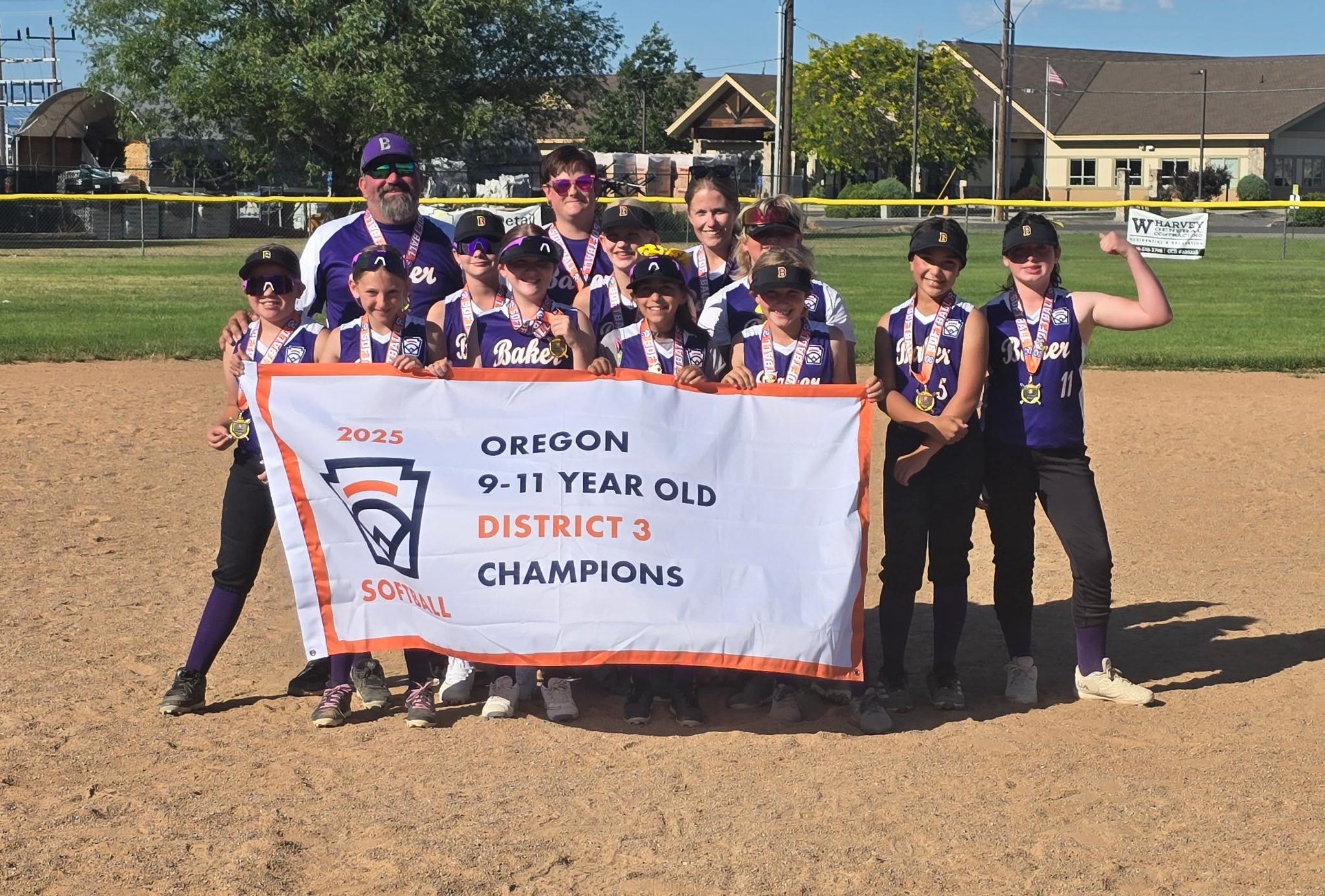Letter to the editor for Feb. 20, 2024
Published 11:15 am Monday, February 26, 2024

- 64175ddb79b9f.image.jpg
State of Oregon recently denied Baker City’s request to use treated wastewater from the new wastewater treatment plant to irrigate non-food crops. I believe the state may not fully understand the history of the Missouri Flat area and had the city offered the proper argument, the state would have eagerly approved Baker City’s plan to use treated wastewater in the area to irrigate non-food crops.
To form an argument supporting using treated wastewater to irrigate non-food crops, it’s important to remember the exact location of Baker City’s new wastewater plant and to understand that area from a historical perspective.
First, Missouri Flat, located in the northeast corner of Baker Valley, recently became the new site for the city’s new wastewater plant. It is near Sunnyslope Road and Highway 203 just before the Medical Spring grade.
Before the formation of Baker City back in the 1800s, Missouri Flat held the richest agricultural land in all of Baker County/Valley. The area would flood nearly every year and these floods brought nutrients and refreshment to the soil and by nature it was the richest soil in the valley.
The formation of Baker City required the channeling of water from snowmelt running down from the southern hills. The channeling of this runoff triggered an ecological disaster to the soil of Missouri Flat by eliminating the near-annual flooding and the soil-building benefits left by the flooding.
Missouri Flat is a low corner in Baker Valley; the water still arrives there every spring but no longer as flood water seeping down into the water table from above but as ground water pushing up toward the surface.
The ground water pushes alkali up to the surface. Year after year, ground water pushing up alkali has made toxic the soil and ponds of Missouri Flat. Look on Google Maps and see for yourself the extent of alkali contamination within the topsoil. It has become truly a land of no use. Baldock Slough should be a natural bird sanctuary but very few birds land in those rainbow-streaked waters.
There is a way to remedy this ecological disaster and to begin to push the alkali back down below the surface and to refurbish the once-rich soils, and that is to use a whole lot of irrigation water.
This is where the city’s argument to the state of Oregon should have begun, demonstrating to the state that, historically, the diversion of water necessary for the formation of the Baker City caused the floods in Missouri Flat to stop and the alkali to surface.
When Baker City moved the wastewater facility to the Missouri Flat area, huge amounts of water became available. The city should show the state regulators that the use of treated wastewater from the new facility to irrigate the area is the best, and only, solution to begin correcting the ecological damage in Missouri Flat. Heavily irrigating this land would begin pushing back down the alkali and recovering rich agricultural lands in this corner of Baker Valley. If the state continues to deny the city’s usage of wastewater, nothing out there will change for the better and the land will continue to produce only more alkali.
Finally, I would argue that state of Oregon allows the city of Enterprise to irrigate their municipal golf course with treated wastewater (signs on the course advise against retrieving your ball from water hazards), from the sewage plant about 500 yards up the road. If Enterprise may water their golf course, an area with high human use, with treated wastewater, then why is Baker City denied the use of wastewater, in an area of low/no usage by humans, to irrigate non-food crops, that would also serve to reclaim an area of ecological disaster.
Brian Addison
Baker City








